Homemade Vegetable Broth Recipe

Making this Homemade Vegetable Broth Recipe is easy and results in a much more flavorful broth than any store-bought vegetable broth. This post also contains other suggested vegetables for your broth and vegetables to avoid. Instructions for the optional canning of the vegetable broth for pantry storage are also included. You can make your own vegetable broth in your slow cooker or stovetop.
I started making my own broth and stock 15-20 years ago to control what went into my growing family’s diet. And once you’ve made and tasted the homemade versions of this pantry staple, it is hard to go back to store-bought. To this day, I set aside a couple of days a year to make an assortment of stocks and broths. At this writing, I have Beef Stock, Ham Stock, Chicken Stock, Chicken Bone Broth, and Vegetable Broth in my pantry. I also make Turkey Stock each fall for the best Turkey gravy!
Clearly, I like options in my stocks and broths! We use this Homemade Vegetable Stock in soup recipes and as the cooking liquid for grains like quinoa, rice, couscous, and risotto. And when we are under the weather, I swear by the healing and feel-good power of a cup of hot and nutritious veggie broth.
vegetable stock or vegetable broth
I use the term interchangeably in this post. Technically, the difference between a stock and a broth concerns whether or not you use bones in the making. The stock is made using bones, while broth uses just the meat.
Since we are talking veggies here, I will take liberties and use whatever I feel!
make it super economical
Making homemade vegetable broth is a great way to reduce kitchen waste and save money. Over time, save your vegetable scraps (see the lists below for what to keep and what not to save) and use them solely or add them to your other vegetables.
tips for the most flavorful homemade vegetable broth
- Chop up your vegetables. This allows quicker extraction of the flavors from each vegetable.
- Make a mirepoix of the carrots, onions, and celery by sauteeing them in olive oil until lightly browned.
- To get an even richer flavor, roast the onions, celery, carrots, tomatoes, and garlic in the oven at 400° for 45 minutes.
- Make sure you have 1-2 pounds of vegetables for each quart of water.
- Use cold water, which allows the vegetables to cook more slowly and evenly.
- Add some dried mushrooms. Even if you don’t love mushrooms, this addition adds a lovely earthiness to your vegetable broth.
- Add tomatoes for their depth and sweetness.
- Consider adding a piece or two of kombu, which is dried kelp. When cooked in your stock, you won’t taste it per se, but your broth will benefit from the glutamic acids in kombu, which adds a bit of mildly salty and subtly sweet umami to it. In addition to the umami benefits, kombu contains iodine, iron, calcium, and vitamins A & C, along with trace minerals. This is the brand I’ve used for the past several years and like. I purchase it at my local natural foods store, but you can also find it on Amazon.
- Don’t let your vegetable broth cook longer than 1 1/2 hours.
what vegetables and herbs to use in your vegetable broth
- onions
- leeks
- scallions
- shallots
- garlic
- carrots
- celery
- tomatoes or tomato paste
- parsley
- mushrooms
- parsnips
- beet greens (in moderation…they will color your broth)
- corn cobs
- kombu
- leaves and stems of fresh herbs, like parsley, thyme, and basil.
- dried bay leaves (fresh may be too strong)
- ginger root in small quantities
- bell peppers in small quantities
what vegetables to avoid using vegetable broth
I am all about saving kitchen scraps for use in my broth and stock making, but I don’t include any of the following in my veggie scraps bag.
- cruciferous vegetables (broccoli, cauliflower, brussels sprouts, turnips, collard greens, kohlrabi, cabbage, kale, bok choy, mustard) will make your broth bitter
- carrot peels can be bitter
- leafy green parts of carrots and celery can also be bitter
- potatoes and sweet potatoes will make your broth cloudy, and the sweet potatoes can be overwhelming
- green beans
- zucchini and yellow squash
- artichokes
go organic
Especially if you are using the skins on your vegetables in your homemade vegetable stock recipe, opt for organic if possible.
For the past several months, I’ve purchased my organic fruit and vegetables from Misfits Market. Not only is it highly convenient for the produce to arrive on my front porch, but I can find organic produce that I wouldn’t ordinarily be able to find in my local stores. And not for nothing, the prices are regularly 30-40% off what I would pay in my grocery store. Use this code for $10 off of your first order.
how to store your vegetable broth
Use it immediately, store it in the refrigerator for 3-5 days, freeze it, or can it for pantry storage.
If you are using glass jars to freeze, make sure to let the broth come to room temperature before freezing and leave at least 1 inch of headspace to avoid jars cracking.
Another option is these freezer pods. I have the 2 T pods (which I use for tomato paste and chipotle in adobe), the 1/2 cup (which I use for precooked beans & taco meat), and the 1 cup (handy for freezing soup, broth, stock, and stew portions). Once the food is frozen, I put it in a ziplock bag as it takes less room in my freezer.
This recipe for vegetable broth also includes instructions for canning it for pantry storage.
Homemade Vegetable Broth Recipe
Recipe details
Ingredients
- 2 - 3 medium to large onions, cut in quarters (can leave skin on)
- 4-6 carrots
- 4-5 celery stalks
- Drizzle of olive oil
- 1 bunch of parsley
- 1 pound of tomatoes (any kind, a mix is fine)
- 4 ounces of dried mushrooms or 1 1/4 pounds of fresh mushrooms
- 1 head of garlic
- 1 ounce knob of ginger
- 1 tsp black peppercorns
- 3 dried bay leaves
- 1-2 pieces of kombu, rinsed (optional)
Instructions
- Chop onions, celery, and carrots. I use my food processor.
- Heat a drizzle of olive oil in a sauté pan over medium heat, and add the onions, celery, and carrots to make a mirepoix.
- Reduce the heat to low and sauté the vegetables for 10 minutes until the vegetables are soft.
- While the mirepoix is cooking, cut the garlic in half horizontally.
- Cut the ginger into 1/2" chunks.
- Rinse the kombu, but don't rub off the salt.
- Add all the vegetables, peppercorns, bay leaves, and kombu to your pot or crock pot.
- Fill with 5 quarts of cold water.
- Bring the pot to a boil and then reduce heat to low and let simmer for 1 - 1 1/2 hours if using a slow cooker or crock pot, set on low and cook for 6 hours.
- Avoid stirring your broth while it cooks to keep it clear.
- Once done cooking, remove from the heat and strain with a fine mesh strainer or colander.
- Use it immediately, store it in the refrigerator for 3-5 days, freeze it, or can it for pantry storage. If you are using glass jars to freeze, make sure to let the broth come to room temperature before freezing and leave at least 1 inch of headspace to avoid jars cracking. Another option is these freezer pods. I have the 2 T pods (which I use for tomato paste and chipotle in adobe), the 1/2 cup (which I use for precooked beans & taco meat), and the 1 cup (handy for freezing soup, broth, stock, and stew portions). Once the food is frozen, I put it in a ziplock bag as it takes less room in my freezer.
To Can Your Vegetable Broth
- Bring your stock or broth to a simmer.
- Check the rims of your canning jars to ensure no cracks or chips.
- Wash jars, lids, and other canning tools well. I always run my jars, lids, headspace gauge, lid lifter, and funnel through the dishwasher before using them. If washing well before canning, I put them on a clean baking tray and set them in the oven (not on) just to keep them clean and out of the way until I am ready to use them. I put the stack of lids sideways in a small bowl so that any water left on them from the dishwasher drips off of them. The lids will rust if water settles on them.
- One-half hour before canning, heat the jars so that they aren't cold. If you wash them in the dishwasher right before canning, just leave them in the dishwasher until you are ready to fill them. If they are in the oven, turn oven to low to heat them up. Remove the tools, lids, and screwbands if they were in the oven too.
- Fill your pressure canner with about 3 inches of water. Put the lid on the pot and bring the water in the pot to a simmer over medium heat and keep the water simmering.
- Check your screw bands and discard any that are rusted or bent. Set your screw bands aside
- Boil water and pour over the lids. Don't put the lids into boiling water on the stove.
- Prepare your work surface: I lay out a clean cloth onto which I place the container holding the hot lids, head gauge, magnetic lid lifter, funnel a bowl of white vinegar and a clean cloth or paper towel, jar lifter, and the screw bands. Set a trivet out for the hot pot of stock or broth.
- Bring your pot of hot broth to your work surface.
- Take one jar from the dishwasher. Or, using your jar lifter or hot mitt, lift one hot jar out of the oven. Place on the work surface.
- Keep your pressure canner at a low simmer throughout this process.
- Using your funnel and insert, ladle the hot broth into the jar. leaving a 1" headspace. That 1" headspace is really important, so add a bit or take out a bit so that you have just 1" between the top of the jar and the top of the broth.
- Wipe the rim of the jar and threads with the vinegar, which will remove any stock or fat that may be on the rim of the jar. Without a clean, fat-free rim, your jars will most likely not seal...which will make you very sad.
- Use your magnetic lid lifter to lift a lid from the hot water and place it on the jar.
- Place a screw band on the jar and ensure it is aligned with the threads and screw until just fingertip tight, which means to tighten, just with the strength in your fingers, not putting your whole hand on to tighten. You want it to be on firmly but not as tight as possible.
- Using your jar lifter, place this jar back into your pressure canner and retrieve another hot jar, repeating the process until all jars are filled.
- Make sure you have the correct level of water in your canner. In my Presto Pressure Canner, there are some little hashmarks/identations which let me know where my water level should be. Use a long spoon or butter knife to feel for that hashmark, and adjust the water level as appropriate.
- When you get down to your last 2-3 canning jars, check the water level of your canning pot, and if you need more water in your canner, add water to the pot from the hot jars that you are pulling out to fill.
- Place the lid on your canner and lock it into place.
- Leave the weight off of the vent pipe.
- Bring the water to a boil over medium-high heat. When you see and hear the steam venting out of the vent pipe in a strong and steady stream, start your timer for 10 minutes.
- At the end of 10 minutes, place the weight over the vent pipe.
- If you are using a weighted-gauge pressure canner at altitudes of 1,000 ft or below, slowly bring the pressure up to 10 lbs. (Consult an altitude chart for altitudes above 1,000 ft, or if you are using a dial gauge canner)
- I find that if I start easing the temperature back when the gauge starts reading 8.5 - 9 lbs, I can ease into the 10 lbs without going too much over.
- Once your gauge reaches 10 lbs, start your timer. (processing time of 30 minutes for pints or 35 minutes for quarts. If you have a mix of pints and quarts, set your timer for a processing time of 35 minutes.)
- Stay near your stove to monitor your gauge. You don't want to fall below 10 lbs or rise too far above 10 lbs. You will have to nudge your stove's heat control just in the tiniest increment to find the sweet spot. Over time, you'll find that different burners may burn more evenly or are out of a draft. Try different burners if your gauge fluctuates frequently.
- If you do fall below 10 lbs, you need to start your timer again. It must process for the designated time at 10 lbs.
- When the processing time is complete, turn off your stove and let the canner cool on its own. I find that it takes about 25-30 minutes for that to happen. You will know that the canner has cooled when the Air Vent/Cover Lock drops down on its own.
- Once the pressure has returned to zero, and the cover lock drops down, wait an additional 2 minutes.
- Then, remove the weight from the vent, unlock and remove the lid, making sure to open it away from you so that you don't get a face full of steam.
- Let the jars sit in the canner for 10 minutes to adjust to room temperature.
- Using your jar lifter, lift the jars from the canner, holding them as level as possible without tilting.
- Place the jars, 1-2 inches apart, on a cooling rack or cutting board somewhere where they won't be disturbed. Let sit for 24 hours.
- Listen for the lids to pop. Remove any jars on which the lid has not popped and place them in the refrigerator.
- After 24 hours, remove the bands and wipe down your jars. Check that all lids have sealed. They will curve downward and will not give when pressed.
- Once again, jars that haven't sealed must be reprocessed or refrigerated.
- Store jars in a cool, dark place.




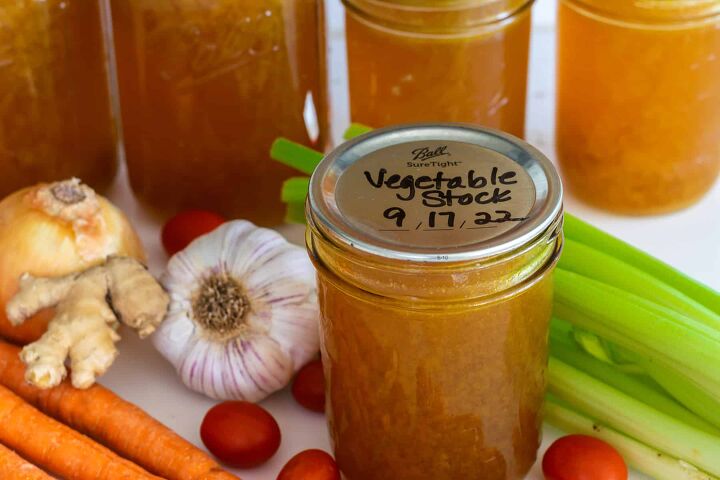



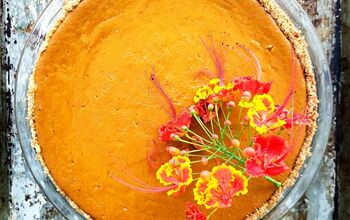
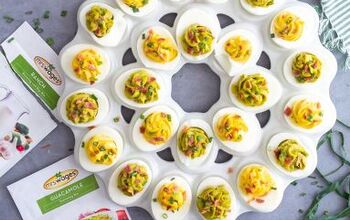


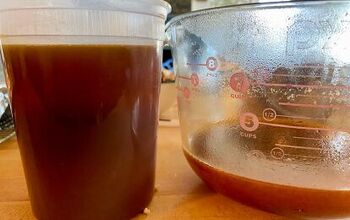

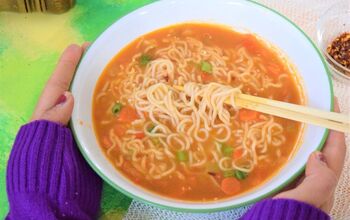

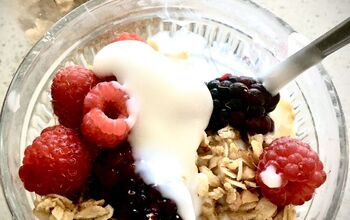




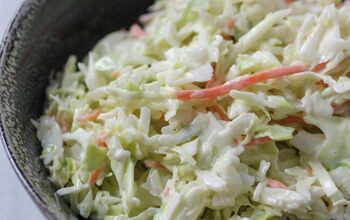


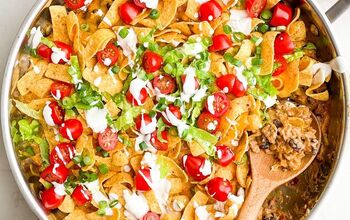
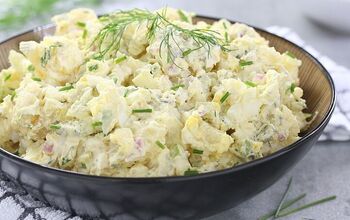

Comments
Share your thoughts, or ask a question!